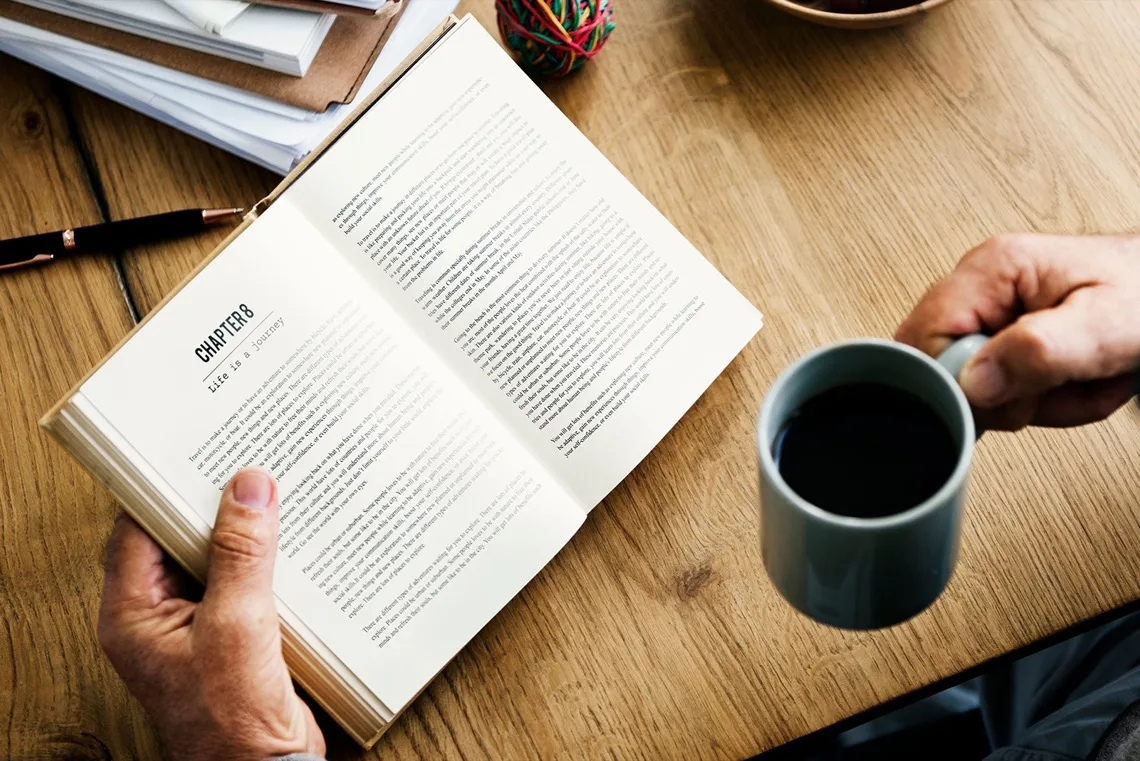Wedding Dresses: A Journey Through Time
A wedding dress isn’t just a piece of clothing; it’s a symbol of love, dreams, and the start of a new adventure. Over the years, wedding dress styles have changed, mirroring shifts in fashion, culture, and personal tastes. Let’s dive into what makes a wedding dress special and how its styles have evolved over time.
Why a Wedding Dress Matters
A wedding dress is more than fabric and thread; it’s a statement of the bride’s personality, style, and the traditions she holds dear. It’s often the centerpiece of the ceremony, drawing the eyes of everyone present and leaving a lasting impression.
Choosing a wedding dress is a deeply personal experience. Some brides stick to the classic white or ivory, symbolizing purity, while others go for bold colors and unique designs to showcase their individuality. No matter the choice, a wedding dress is a cherished keepsake, holding sentimental value for years to come.
How Wedding Dress Styles Have Changed
Wedding dress styles have seen a lot of changes, adapting to the latest fashion trends and societal norms. Here’s a look at how wedding dresses have evolved through different eras:
| Era | Style |
|---|---|
| Victorian Era (1830-1900) | High necklines, long sleeves, and big skirts were all the rage. |
| Roaring Twenties (1920s) | Flapper-style dresses with dropped waists, beading, and art deco vibes took over. |
| Golden Age (1930s-1950s) | Bias-cut gowns, sweetheart necklines, and full skirts were iconic. |
| Swinging Sixties (1960s) | Mod-inspired dresses with shorter hemlines and bold patterns made a splash. |
| Bohemian Seventies (1970s) | Flowing gowns with lace, bell sleeves, and floral embroidery were in style. |
| Princess Fantasy (1980s) | Princess Diana’s dress set the trend for big sleeves, ruffles, and long trains. |
| Modern Elegance (1990s-present) | Minimalist designs, sleek silhouettes, and luxurious fabrics are now popular. |
Today, wedding dress styles continue to evolve, blending traditional elements with modern fashion. Brides can choose from a wide range of options, whether they want a classic, vintage-inspired gown or a cutting-edge, avant-garde design.
Understanding the significance and evolution of wedding dress styles can help brides-to-be feel confident in their dress shopping journey. Finding the perfect dress that reflects their personal style and vision for their special day is a moment they’ll cherish forever.
Finding the Perfect Fit
Picking out a wedding dress can be a rollercoaster of emotions, but nailing the perfect fit is key to feeling like a million bucks on your big day. Let’s break it down into two main things: knowing your body shape and picking the right fabric.
Understanding Body Shapes and Silhouettes
Every bride’s body is different, and figuring out your shape can help you choose a dress that makes you look and feel amazing. Here’s a quick guide to common body shapes and the dress styles that usually work best:
| Body Shape | Recommended Silhouettes |
|---|---|
| Pear | A-line, Ball gown |
| Apple | Empire waist, A-line |
| Hourglass | Mermaid, Trumpet |
| Rectangle | Sheath, Ball gown |
| Petite | Sheath, A-line |
| Plus Size | A-line, Ball gown |
These are just starting points. The real magic happens when you find a silhouette that makes you feel like you can conquer the world. For more tips on body shapes and dress styles, check out our prom dresses article. It’s got some great advice that works for wedding dresses too.
Fabric Choices and Their Impact
The fabric of your wedding dress can totally change its vibe. Different materials can make your dress look soft and flowy or structured and dramatic. Here are some popular choices and what they bring to the table:
| Fabric | Characteristics |
|---|---|
| Lace | Delicate, romantic, timeless |
| Satin | Smooth, glossy, luxurious |
| Tulle | Lightweight, ethereal, dreamy |
| Chiffon | Flowing, lightweight, breathable |
| Organza | Crisp, sheer, voluminous |
Think about the season of your wedding, how comfy you want to be, and the overall style you’re going for. For a deeper dive into fabrics, our formal dresses article has got you covered with more details that apply to wedding dresses too.
By getting a handle on your body shape and exploring different fabrics, you can zero in on a dress that highlights your best features. Remember, the perfect fit isn’t just about the numbers on a measuring tape—it’s about finding a dress that makes you feel like the best version of yourself.
Shopping for Your Dream Dress
Finding your dream wedding dress can be a thrilling adventure. You’ve got two main paths to explore: hitting up a bridal boutique or diving into the world of online shopping. Each has its perks and quirks. Let’s break it down.
Bridal Boutique vs. Online Shopping
Bridal Boutique: Picture this: You walk into a cozy boutique, greeted by racks of stunning gowns and a friendly consultant ready to help. Here, you can touch the fabrics, try on different styles, and see how they fit. The consultant’s advice can be a game-changer, guiding you to the dress that makes you feel like a queen.
Online Shopping: Now, imagine shopping from your couch in your PJs. Online shopping offers a treasure trove of options at your fingertips. You can browse countless styles, read reviews, and compare prices without leaving home. But, the catch? You can’t try before you buy. You’ll have to rely on size charts and customer reviews to make your pick.
Choosing between a boutique and online shopping depends on what suits you best. Do you love the hands-on experience, or do you prefer the convenience and variety of online shopping? Think about your timeline, budget, and personal style before making a decision.
Tips for a Successful Wedding Dress Shopping Experience
Whether you’re hitting up a boutique or shopping online, these tips will help you find “the one”:
Do Your Homework: Start by checking out different styles and fabrics. Flip through magazines, scroll through online galleries, and get lost in social media for inspiration.
Set Your Budget: Know how much you’re willing to spend, including alterations and accessories. This keeps you from falling for a dress that’s way out of your price range.
Book Appointments Early: If you’re going the boutique route, book your appointments ahead of time. This ensures you get the consultant’s undivided attention and makes your visit more productive.
Know Your Body Shape: Different silhouettes flatter different body types. Whether it’s an A-line, mermaid, or ball gown, find the style that makes you shine.
Keep an Open Mind: You might have a style in mind, but don’t be afraid to try something new. You might be surprised by what looks amazing on you.
Bring Your Crew: Invite a few trusted friends or family members. Their honest opinions and support can be invaluable.
Plan Ahead: If you’re ordering online, remember to factor in production and shipping times. And don’t forget about alterations – most dresses need a little tweaking to fit perfectly.
Finding the perfect wedding dress is a personal journey. Trust your instincts, lean on the experts, and enjoy the process. With these tips, you’re well on your way to finding the dress that will make you feel like the beautiful bride you are.
The Alteration Process
When it comes to wedding dresses, getting the perfect fit is a game-changer. Every bride wants to look and feel her best on her big day, and alterations can make that dream come true. Let’s dive into why alterations matter and what you can expect during the process.
Why Alterations Matter
Wedding dress alterations are key to making sure the dress fits your unique body shape. Off-the-rack dresses are made to fit a general range of sizes, which means they might not match your exact measurements. Alterations let you tweak the dress so it flatters your figure and highlights your best features.
Common tweaks include hemming the dress to the right length, adjusting seams for a better fit, and modifying straps or the neckline. These changes can make a huge difference in how the dress looks and feels, boosting your comfort and confidence on your wedding day.
To get the best fit, work with a pro seamstress or tailor who knows wedding dresses inside out. They can make precise changes while keeping the dress’s design intact. Make sure to book your alteration appointments early to give yourself plenty of time for fittings and adjustments.
What to Expect During Alterations
The alteration journey kicks off with an initial fitting. Here, the seamstress will take detailed measurements and figure out what needs to be changed. This is your chance to share your preferences and any specific tweaks you want.
After the first fitting, the seamstress will start making the changes. This might involve several fittings to get everything just right. Be honest with your feedback during these sessions to make sure the dress meets your expectations.
The timeline for alterations can vary based on how complex the changes are and the seamstress’s schedule. It’s a good idea to start the process at least two to three months before the wedding to allow enough time for all the adjustments and extra fittings.
And hey, alterations aren’t just for wedding dresses. If you need a perfect fit for prom dresses, formal dresses, summer dresses, or cocktail dresses, alterations can work their magic on those too.
By understanding the importance of alterations and knowing what to expect, brides can make sure their wedding dress fits like a glove, making them feel confident and beautiful on their special day.





